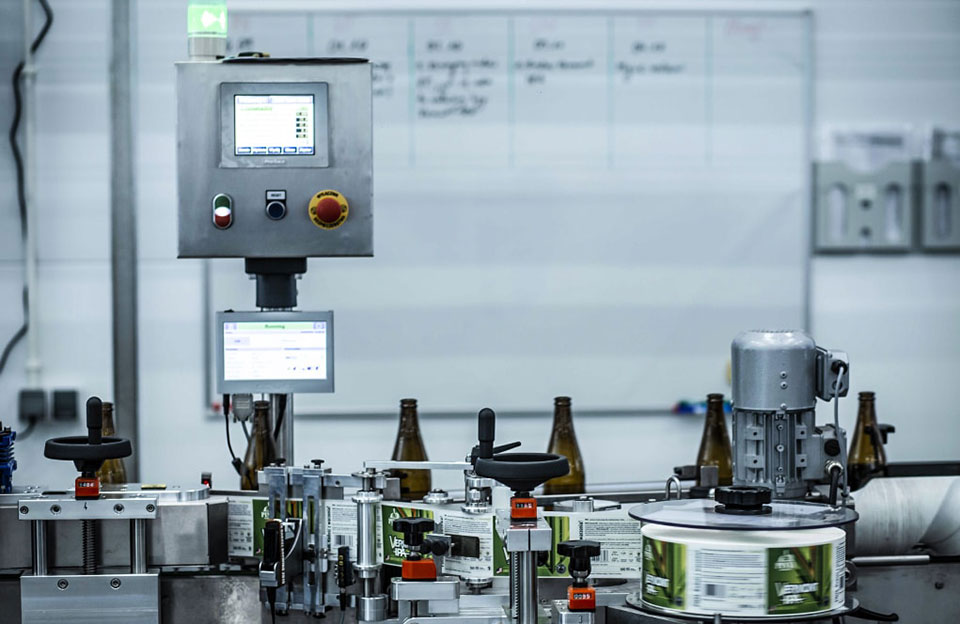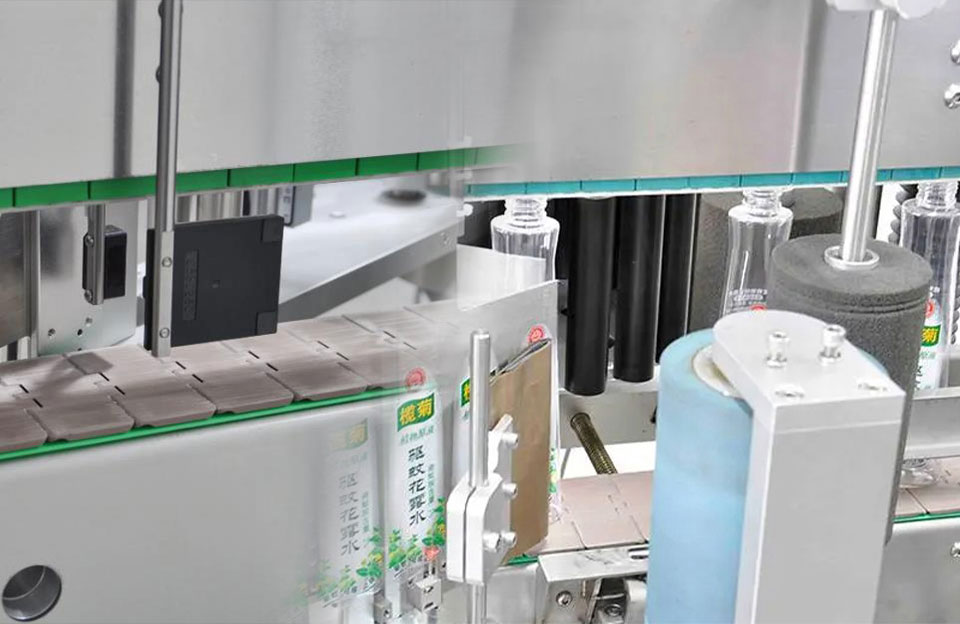As in many other manufacturing sectors, international trade is crucial in the labeling machine industry. International trade allows labeling machine manufacturers to access a global market. By exporting their products to other countries, they can reach new customers and expand their business beyond domestic boundaries. This increased market reach can lead to higher sales volumes and greater revenue opportunities.
The Market Size of Labeling Machines in International Trade
According to market research reports and industry analysis, the global labeling machine market size will be around USD 5 billion in 2021. The demand from the packaging industry, food and beverage industry, pharmaceutical industry, cosmetics industry, electronics industry, etc, mainly drives the market size of the labeling machine. These industries have high product identification and traceability requirements, so labeling machines are widely used in them.
The labeling machine market is expected to maintain its growth momentum in the future. With the continuous expansion of global commodity trade and e-commerce, the development of the packaging industry, the requirements of food safety traceability, and consumers’ concerns about product information transparency will bring growth impetus to the labeling machine market.
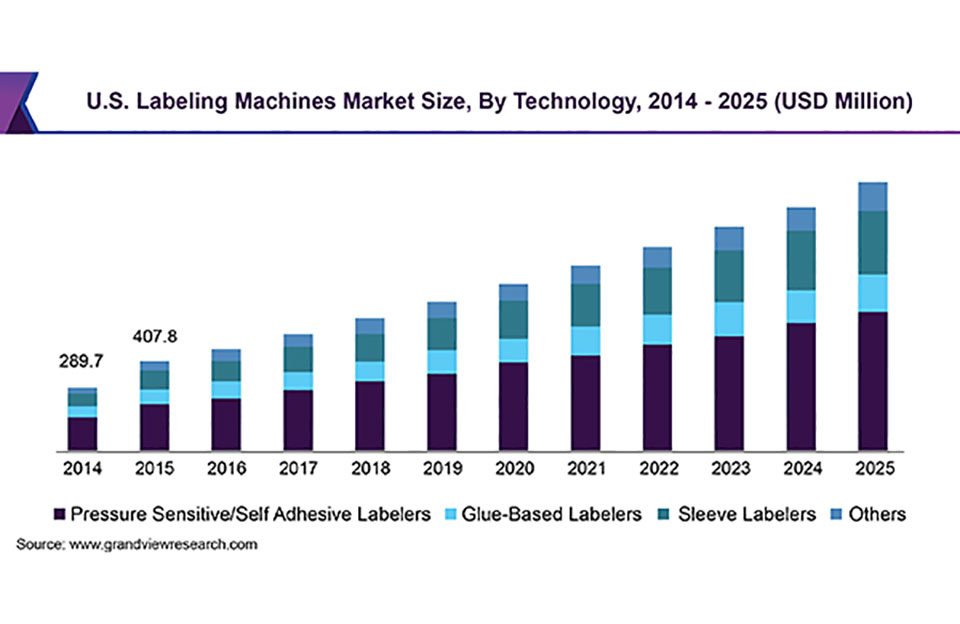
The International Competitive Landscape of Labeling Machines
Labeling machine is an industry with a high degree of internationalization and fierce competition worldwide. In the international market, there is competition and cooperation among labeling machine manufacturers and suppliers, which is affected by many factors. Following are some features of the international competitive landscape of labeling machines:
- Global Market: Labeling machine is a global market where suppliers and manufacturers can compete and cooperate globally. Many international companies have production bases or sales networks in different countries to meet the needs of different regions.
- Main Competitors: In the labeling machine industry, manufacturers from the United States, Germany, Japan, Italy, China, and other countries are the main competitors. Companies in these countries have certain competitive advantages regarding technology research and development, product quality, and market share.
- Technological Innovation: Technological innovation is a key factor in the competition in the labeling machine industry. Manufacturers continue to introduce new labeling machines and apply new technologies, such as RFID, electronic ink, etc., to improve the intelligence, efficiency, and applicability of labeling machines to meet the ever-changing market demand.
- Product Quality and Service: In international competition, labeling machines’ quality and service level are important factors for manufacturers to attract customers. High-quality products and efficient after-sales service help to build a good brand reputation and win the trust and loyalty of customers.
- Diversified Customer Needs: Customers in different countries and regions have different needs for labeling machines. Therefore, manufacturers need to provide customized products and solutions according to the needs and characteristics of the local market to meet customers’ individual needs.
- International Cooperation and Joint Ventures: To expand market share and strengthen competitiveness, some manufacturers jointly develop new products or enter new markets through international cooperation or joint ventures to achieve resource sharing and complementary advantages.
- Trade Protectionism: In some countries, trade protectionist policies and measures may cause certain market barriers and competitive pressures on the labeling machine industry.
- Emerging Market Potential: The demand for labeling machines in emerging markets continues to grow, such as China, India, Brazil, and other countries. Therefore, international competitors will increasingly focus on the opportunities and potential of these markets.
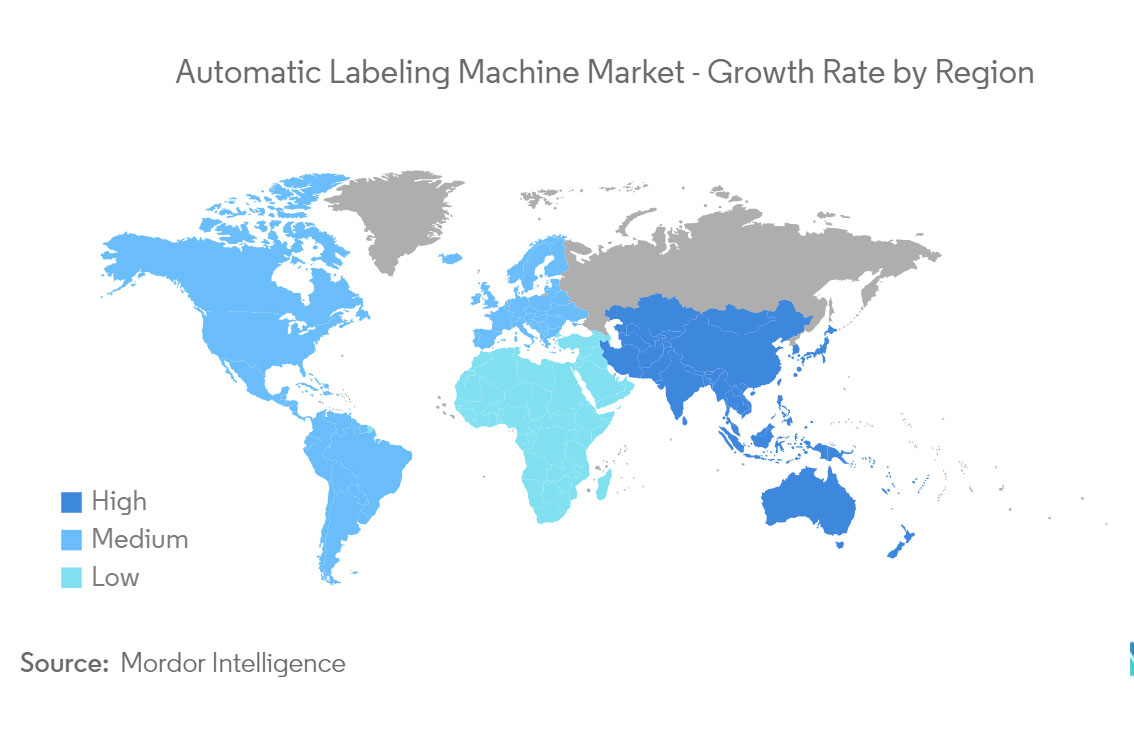
International Competitive Landscape of Labeling Machines
International Trade Policy for Labeling Machines
Designing an international trade policy for labeling machines involves considering various factors, including technical standards, intellectual property rights, tariff rates, non-tariff barriers, and international agreements. The following are international trade policies related to labeling machines:
- Technical Standards and Regulations: Harmonizing technical standards for labeling machines is crucial to ensure interoperability and compatibility across different markets. Encouraging international organizations to develop and adopt common standards can streamline trade and reduce compliance costs for manufacturers.
- Intellectual Property Rights (IPR) Protection: Labeling machine manufacturers invest significant resources in research and development. A robust international trade policy should emphasize strong IPR protection to safeguard innovation and prevent counterfeit products from entering the market.
- Tariff and Duty Rates: Reducing or eliminating import tariffs on labeling machines can enhance market access and stimulate trade. Countries can negotiate to lower tariff barriers through free trade agreements (FTAs) or regional trade pacts.
- Non-Tariff Barriers: Addressing non-tariff barriers, such as licensing requirements, product certification, and customs procedures, is essential to facilitate smoother trade flows for labeling machines.
- Mutual Recognition Agreements (MRAs): MRAs allow countries to accept each other’s conformity assessment results, streamlining the process for labeling machine manufacturers to access different markets without duplicative testing and certification.
- Environmental and Safety Standards: Labeling machines should meet international environmental and safety standards. Encouraging sustainable and safe production practices can improve product quality and consumer confidence.
- Trade Facilitation and Customs Procedures: Simplifying customs procedures and implementing trade facilitation measures can reduce administrative burdens and lead times, making cross-border trade of labeling machines more efficient.
- Export Promotion and Support: Governments can provide export promotion initiatives and financial support to labeling machine manufacturers to help them expand into international markets.
- Market Access for Developing Countries: Consideration should be given to providing developing countries with preferential treatment or technical assistance to enhance their capacity to produce and export labeling machines.
- Dispute Resolution Mechanisms: Establishing effective dispute resolution mechanisms is essential to address trade-related conflicts between countries.
- Collaboration with International Organizations: Collaborating with organizations such as the World Trade Organization (WTO), International Organization for Standardization (ISO), and United Nations Conference on Trade and Development (UNCTAD) can facilitate the development and implementation of effective international trade policies.
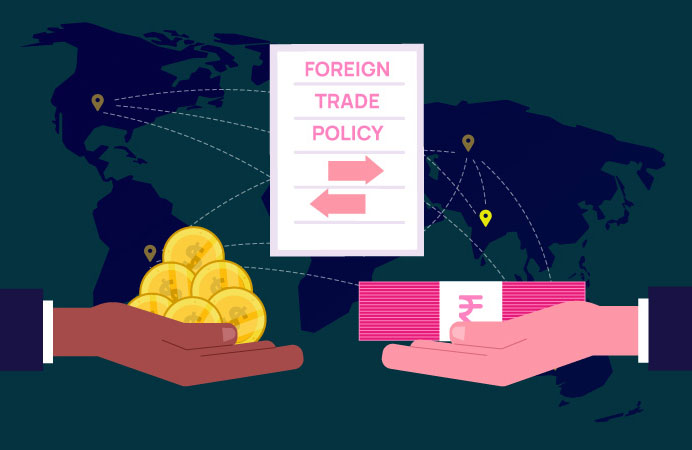
International Trade Policy
Conclusion
International trade is essential for growth, competitiveness, and sustainability in the labeling machine industry. It opens up opportunities for market expansion, diversification, access to resources, and technological advancements, all of which contribute to the overall development and success of the industry.
